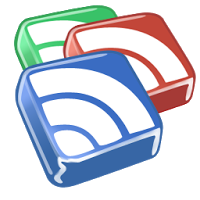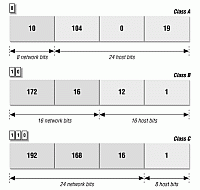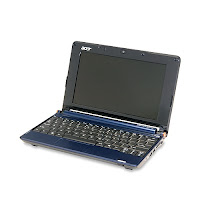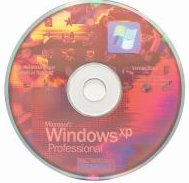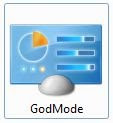Of the many utilities I come across (desktop/mobile/web-based), I rarely keep them or use them long enough to give them the credit due. One of the most important things you use (and probably don’t know) are the software utilities that sit on your many personal computing devices. Let me highlight some of the best I’ve seen recently.
I have come to understand some of the best ways to make use of the sometimes massive stream of data by using the keyboard only. This is great because I can see in reverse chronology what I haven’t seen before and by moving through the list with the “M” and “N” keys I can mark the articles as I go through. The trouble with this is that I always have to keep propping up the stream. Google Reader needs to offer the feature of keeping the stream centered.
What Microsoft effectively did was force millions of loyal product faithful to use their “Easy Migration” tool. Sure, easy, but a guarantee that most users understand how Microsoft really sucks. Don’t think this a major fail by Microsoft? The fact is, you may not even know what you’re missing if you haven’t seen what’s possible otherwise. The answer is in the process of migration on both platforms. Let’s take a look.
Also, installing from USB allows you to directly edit files (if you use an answer file or OEM drivers) and you’re installation will be a much faster process than reading off a traditional optical disc. In fact, if your computer doesn’t have a disc drive, it likely does have a USB port that can be booted from.
Those of you that aren’t aware, the site feed is your Blogger site’s RSS feed and contains either a short snippet of each of your blog or the entire text. The Site Feed Footer can be used to add consistent text (or links) to the bottom of each feed entry – much in the same manner as you might create a document feeder.
While these practices all work, this industry is begging for consistency and there are recommendations as to the proper use of IP addressing to simplify your network management. Have you ever wondered why a network’s hosts might be numbered 10.x.x.x or 192.168.0.x?
I have long used a blackberry address (@rogers.blackberry.net) that connected to my phone directly and then forwarded email messages to the phone from the various accounts that I held. Since moving to Google Apps more than a year ago I have noticed a number of improvements to the Blackberry Internet Server(BIS) and Google Apps Servers. I have decided today I would make the switch and show you how it goes.
It has been a few weeks and this contest has finally come to an end. I reached out to everyone to guess the amount in my change jar. During this process, I realized this wasn’t an easy task either. In the beginning I had expected a perfect guess. Seriously, I really thought someone would give me the exact amount. While this was certainly possible – it turned out that none of the guesses I received were exactly right.
You may be all too aware of the coming expiry of the Windows 7 Release Candidate running on your computer or you may be finished with the Windows 7 trial version that you have running on your computer. No matter the reason, you’re just done with Windows 7 and you want to go back to the venerable Windows XP operating system. Here’s how you do it.
You might have heard of the Windows 7 GodMode – which is simply a link that allows you to view all of the Control Panel icons in one shot. To get this to work, you’ll want to create a folder in any directory on your system and give the shortcut this name. There are more things you can do, though.


